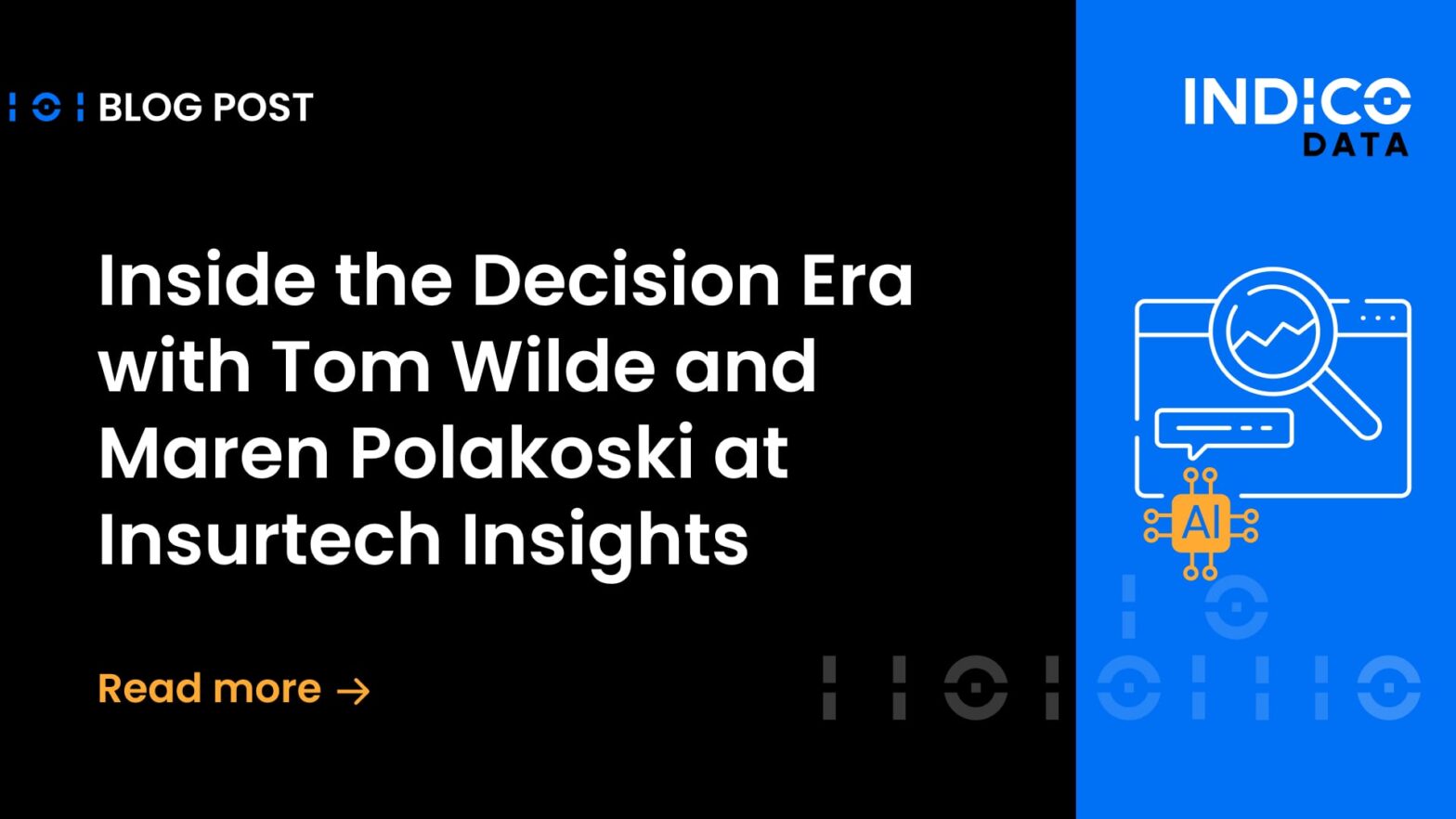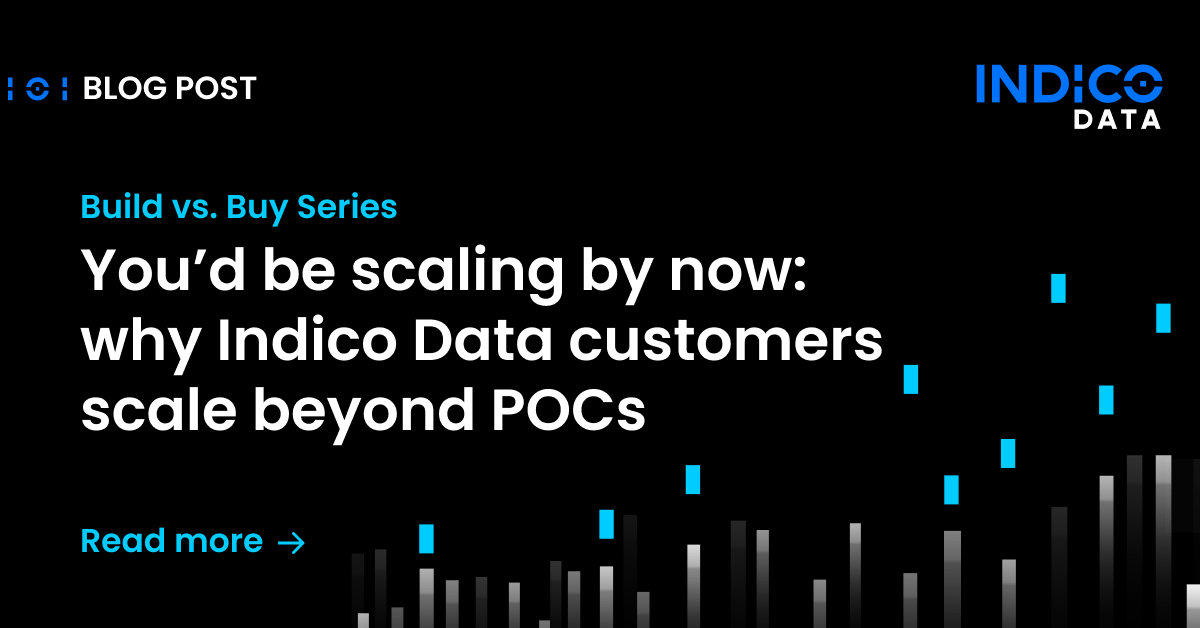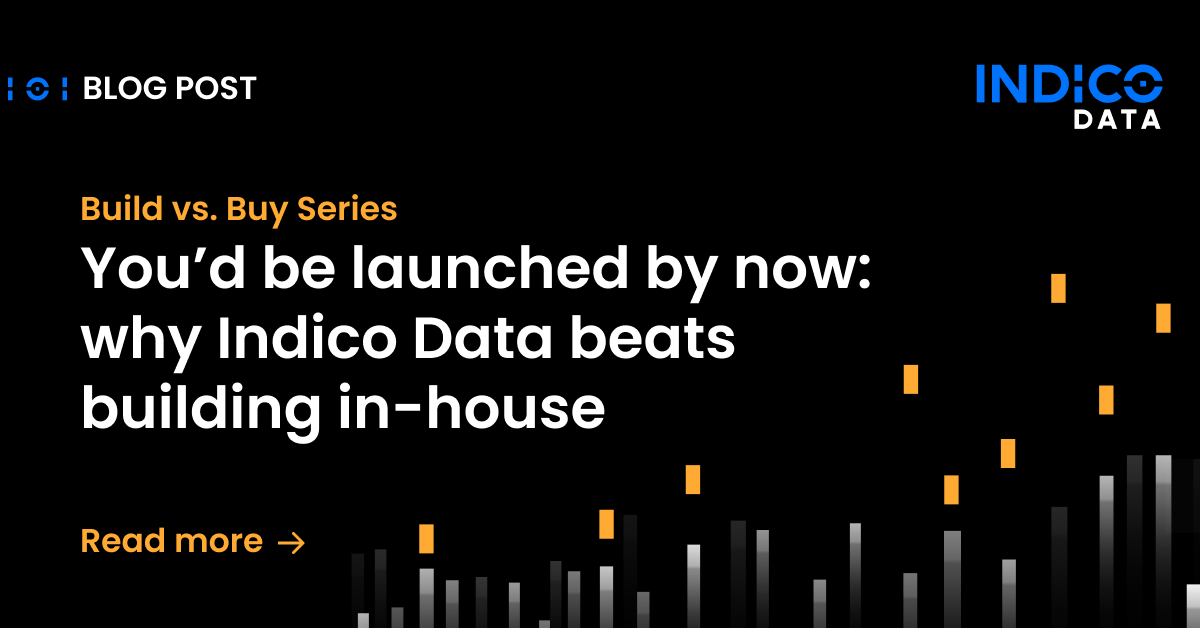In the world of insurance and financing, the underwriting process has traditionally been a significant aspect, known for its meticulous and manual methods. This process is vital but has often been slow and prone to errors, which can reduce productivity and affect potential earnings.
Enter the concept of underwriting process automation. This innovation represents a leap into the digital era for the insurance and financing industries. It’s a game-changer, enhancing workflows, increasing productivity, and boosting operational efficiency. Through the automation of underwriting, data is analyzed and processed quickly, eliminating the need for time-consuming manual work previously done by human underwriters.
Let’s explore how underwriting process automation works. There are mainly two types of systems used for automated underwriting: rule-based systems and those supported by artificial intelligence (AI). Rule-based systems operate on a set of predefined rules and checks, whereas AI-supported systems leverage machine learning and AI to refine and speed up the decision-making process. Regardless of the approach, the result is a much faster and more efficient process that eliminates the need for manual review, giving companies a significant competitive advantage.
The transformation is evident in the process of underwriting documents, which traditionally faced long delays due to manual processing. With automation, whether it’s for mortgage loans or specific solutions like Fannie Mae’s Desktop Underwriter, the turnaround time for processing data has been drastically reduced from days or even weeks to just minutes. This quick and thorough analysis leads to more precise decision-making.
The advantages of underwriting process automation are numerous, including speed, consistency, and the ability to handle large volumes of data efficiently. However, concerns about system errors and failures are valid. These issues are addressed through ongoing system monitoring, updates, and the integration of machine learning algorithms that continually refine each system’s accuracy and reliability.
While the focus so far has been on the technology and its impact on the industry, it’s crucial to recognize the role of companies like Indico in the evolution of underwriting process automation. Indico specializes in processing unstructured data and documents, a critical component in shifting from manual to automated systems. Indico’s technology focuses on making unstructured data fully usable, enabling faster and more accurate decision-making.
As technology advances, the move toward automated underwriting seems both logical and inevitable. Indico stands out by transforming complex, unstructured data into clear, actionable insights, guiding institutions through this technological shift. This transition signifies a future where decisions are made swiftly and accurately, operational costs are minimized, and businesses can grow unhindered.
Related content: Artificial intelligence underwriting: Transforming industries with precision and efficiency
Real-world applications of underwriting process automation
In the dynamic sectors of insurance and financing, the advent of underwriting process automation stands as a transformative force, reshaping traditional methodologies and paving the way for unprecedented efficiency and accuracy. This shift toward digitalization is not merely a trend but a comprehensive response to the intrinsic challenges of manual underwriting. Across various applications, from mortgage lending to health insurance, the implications of this technological revolution are profound and multifaceted.
Mortgage lending and underwriting process automation
In the realm of mortgage lending, the automation of the underwriting process has dramatically streamlined the approval pipeline. Traditionally, evaluating a borrower’s creditworthiness was a painstaking process, fraught with delays and susceptible to human error. Automated systems have changed the game by rapidly analyzing applicants’ financial data, credit history, and employment information, drastically reducing the time to loan approval from weeks to mere hours. This efficiency not only enhances customer satisfaction by providing quicker responses but also allows lenders to process a higher volume of applications with greater accuracy, thereby reducing the risk of defaults.
Underwriting process automation in health & life insurance
The health and life insurance sectors have also seen significant benefits from the integration of automated underwriting. Here, the stakes are particularly high, as insurers must accurately assess the risk of insuring individuals based on complex health histories and lifestyle factors. Automated underwriting systems, powered by AI, can sift through vast amounts of medical records, prescription histories, and even wearable device data to assess risk levels more accurately than ever before. This not only expedites the application process but also enables insurers to offer more personalized policy rates, reflecting a fairer assessment of individual risk.
Underwriting process automation’s role in commercial insurance
Commercial insurance underwriting, dealing with businesses and corporate entities, presents its unique set of challenges, given the diverse nature of businesses and the complexity of assessing their risk profiles. Automation in this sector has facilitated a more nuanced analysis of business operations, financial stability, and industry-specific risks. By leveraging data analytics and AI, insurers can now offer tailored insurance solutions that accurately reflect the risk and potential of businesses across various sectors, from startups to established multinational corporations.
Consumer finance and underwriting process automation
The consumer finance industry, encompassing personal loans, credit cards, and auto loans, has also embraced automated underwriting with open arms. The ability to quickly assess creditworthiness, fraud risk, and repayment capacity has enabled lenders to make instant credit decisions, often within seconds. This immediacy not only caters to the modern consumer’s expectations for swift service but also significantly lowers operational costs, allowing for more competitive lending rates and broader access to credit for consumers.
Automating regulatory compliance & risk management
Beyond direct lending and insurance, automated underwriting plays a crucial role in regulatory compliance and risk management. Financial institutions are increasingly reliant on automated systems to navigate the complex landscape of global regulations, anti-money laundering (AML) standards, and anti-fraud measures. By automating these compliance checks, institutions can ensure adherence to legal requirements with greater precision while also identifying and mitigating potential risks before they materialize.
The real-world applications of underwriting process automation underscore a broader trend towards digital transformation in the insurance and financing sectors. As these industries continue to evolve, the role of technology in driving efficiency, accuracy, and personalized service becomes increasingly central. Companies like Indico, with their expertise in harnessing the power of unstructured data, are at the forefront of this change, enabling a future where automated underwriting is not just an option but a necessity. This technology promises to redefine the landscape of insurance and financing, making processes more streamlined, decisions more data-driven, and services more aligned with the needs and expectations of consumers and businesses alike.
Related content: A unified approach to digital transformation in underwriting: Insights from James Wright of Beazley Digital
The future of underwriting process automation: trends and predictions
As the insurance and financing sectors continue to evolve, the role of automated underwriting in shaping their future becomes increasingly significant. This process, once manual and time-consuming, is now on the brink of revolutionary advancements, propelled by emerging technologies and changing regulatory landscapes. This section delves into the potential future of automated underwriting, exploring the trends that are likely to influence its development and the implications for the industry.
Technological advancements in underwriting process automation
One of the most promising areas of development in automated underwriting is the advancement of artificial intelligence (AI) and machine learning technologies. These technologies are becoming increasingly sophisticated, with new capabilities that could significantly enhance the underwriting process. For instance, natural language processing (NLP) technology is improving the ability of underwriting systems to analyze and interpret unstructured data, such as free-text medical records or complex financial reports. This could lead to more nuanced risk assessments and more personalized insurance products.
Another area of technological innovation is the integration of blockchain technology into automated underwriting systems. Blockchain offers a secure and transparent way to store and share data among parties, which could streamline the data verification process and reduce fraud. This integration could also facilitate real-time data updates, allowing underwriting decisions to be based on the most current information available.
Regulatory considerations for underwriting process automation
As automated underwriting technologies evolve, regulatory bodies are paying close attention. Regulations around data privacy, such as the General Data Protection Regulation (GDPR) in Europe, are influencing how companies collect and use data in the underwriting process. Companies must ensure that their automated systems comply with these regulations, which may require adjustments to data processing and storage practices.
In addition, there’s a growing focus on the ethical implications of AI and machine learning in decision-making processes, including underwriting. Regulators are beginning to demand more transparency in how automated decisions are made, particularly when those decisions affect individuals’ access to financing or insurance products. This could lead to the development of standards for explainable AI, where companies must be able to demonstrate how their systems arrived at a particular decision.
The industry impact of underwriting process automation
The trends in technological advancement and regulatory changes are set to have a profound impact on the insurance and financing industries. One likely outcome is the further personalization of insurance products and financing options. As automated underwriting systems become more adept at analyzing complex data, companies will be able to offer products that are more closely tailored to individuals’ risk profiles and preferences.
Moreover, the efficiency gains from automated underwriting could lead to lower operational costs for insurers and lenders, potentially resulting in lower prices for consumers. However, these benefits may be balanced by the need to invest in new technologies and navigate a more complex regulatory environment.
The competitive landscape is also likely to shift, with companies that successfully adopt and integrate advanced automated underwriting technologies gaining a significant advantage. These companies will be able to process applications more quickly and accurately, improving customer satisfaction and loyalty.
The future of automated underwriting is marked by exciting possibilities, driven by technological innovations and shaped by regulatory considerations. As the industry moves forward, companies like Indico will play a pivotal role in enabling this transition, offering solutions that transform unstructured data into actionable insights and facilitate compliance with evolving regulations. The journey towards a more efficient, transparent, and personalized underwriting process is well underway, promising to redefine the insurance and financing landscapes for years to come.


